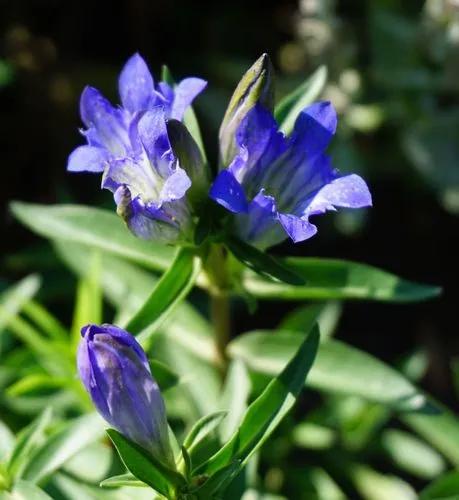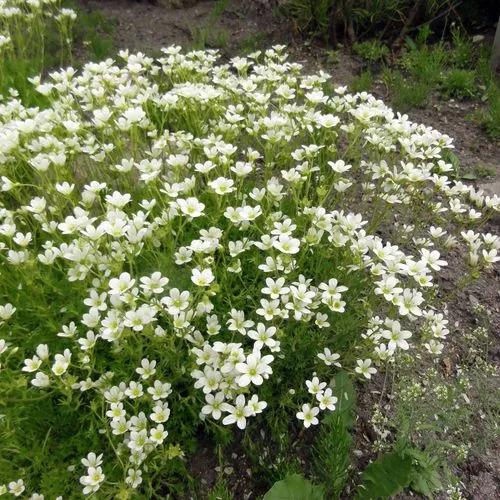Metrosideros umbellata, the southern rata, is a tree endemic to New Zealand. It grows up to 15 metres (49 ft) or more tall with a trunk up to 1 metre (3 ft 3 in) or more in diameter. It produces masses of red flowers in summer. Unlike its relative, northern rata, this species rarely grows as an epiphyte.
Southern Rata Care
Metrosideros Umbellata



The flowers of southern rata are scarlet, with stamens about 2 centimetres (0.79 in) long. White or yellow flowers are also known. Flowering usually occurs between December and February, but this depends on local conditions. Leaves are from 3 centimetres (1.2 in) to 6 centimetres (2.4 in) long, and are sharply pointed. The wood is hard, dense, and very strong.
The bark is rough and flaky and provides an ideal stratum for the roots of epiphytic plants such as Astelia species and Freycinetia banksii (Kiekie). Southern rata is a major source of honey on the West Coast of the South Island. Kaka, tui, and bellbirds visit rata to take advantage of the abundant nectar.
How to Care for the Plant

Popularity

28 people already have this plant 4 people have added this plant to their wishlists
Discover more plants with the list below
Popular articles






